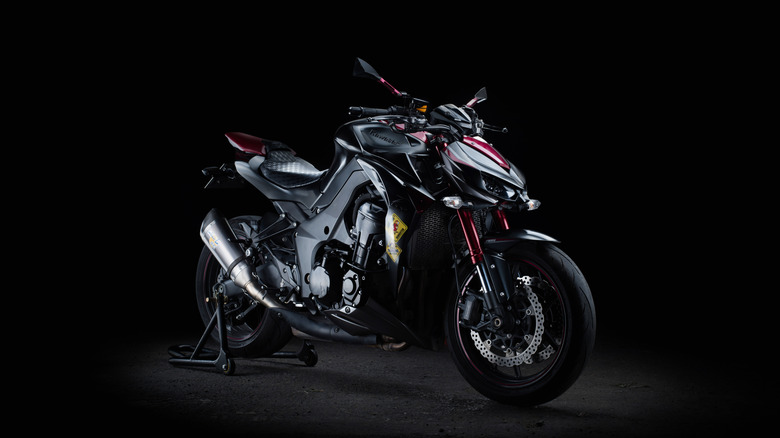In the ever-evolving world of motorcycles, variety remains a key attraction. Whether it’s the laid-back charm of Harley-Davidson and Indian cruisers designed for leisurely weekend rides or the rugged durability of Rokon bikes built for off-road adventures, there’s something for every type of rider. For those who crave speed and performance, Japanese manufacturers like Honda, Suzuki, Yamaha, and Kawasaki have consistently delivered high-octane machines. Among them, Kawasaki has carved out a unique legacy with its legendary Z Series — a line of motorcycles that continues to captivate enthusiasts around the globe.
While many motorcycle aficionados recognize names like the Z125 Pro and the powerhouse Z H2, fewer understand the deeper significance behind the “Z” in their titles. According to Kawasaki, the letter “Z” represents the word “ultimate,” symbolizing the pinnacle of engineering excellence and riding experience. This designation has been used for decades, becoming synonymous with raw power, cutting-edge design, and superior performance.
The story of the Z Series began in 1972 with the introduction of the Kawasaki 900 Super Four — later known as the Z1. This groundbreaking machine was powered by an air-cooled DOHC inline-four engine producing 82 horsepower at 8,500 RPM and 54.2 lb-ft of torque at 7,000 RPM. With a bore and stroke of 66mm x 66mm and a compression ratio of 8.5:1, the Z1 was paired with a five-speed transmission capable of pushing the bike to speeds up to 132 mph. Its advanced double-overhead-camshaft system set new standards in motorcycle engineering, making it not only fast but technologically ahead of its time. The Z1 quickly became a favorite among both street riders and track enthusiasts, earning its place as the first model in what would become a revered series.
Following the success of the Z1, Kawasaki continued to expand the Z lineup, introducing models tailored to different types of riders while maintaining the promise of delivering the ultimate riding experience. Over the next several decades, the Z Series evolved into one of the most respected lines in motorcycling history.
Among the standout models are the modern naked bikes like the Z H2, which debuted in 2019 and boasts an astonishing 197 horsepower from its supercharged engine. The Z1000, produced between 2003 and 2016, offered a perfect blend of aggressive styling and performance, while the ZRX 1200R, available from 2001 to 2016, provided a retro aesthetic combined with modern-day power, peaking at 122 horsepower.
Even the more accessible Z900 — though not recommended for beginners — features an array of advanced electronics such as traction control, dual throttle valves, ABS braking, assist-and-slipper clutch systems, and selectable power modes. These features help manage the bike’s considerable output, but they don’t mask the fact that it, like all Z Series bikes, demands respect.
What makes the Z Series so enduring is its consistent commitment to delivering thrilling performance wrapped in innovative technology. Each model, whether classic or contemporary, carries forward the spirit of the original Z1 while adapting to the needs of today’s riders. From city streets to winding mountain roads, the Z Series continues to be a benchmark in the world of sport-oriented naked bikes.
For those who seek the thrill of the open road and the rush of pure power, Kawasaki’s Z Series offers a compelling blend of heritage, innovation, and performance — truly living up to its name as the ultimate ride.







